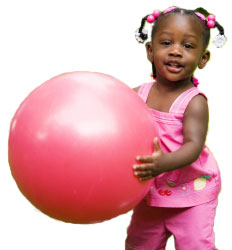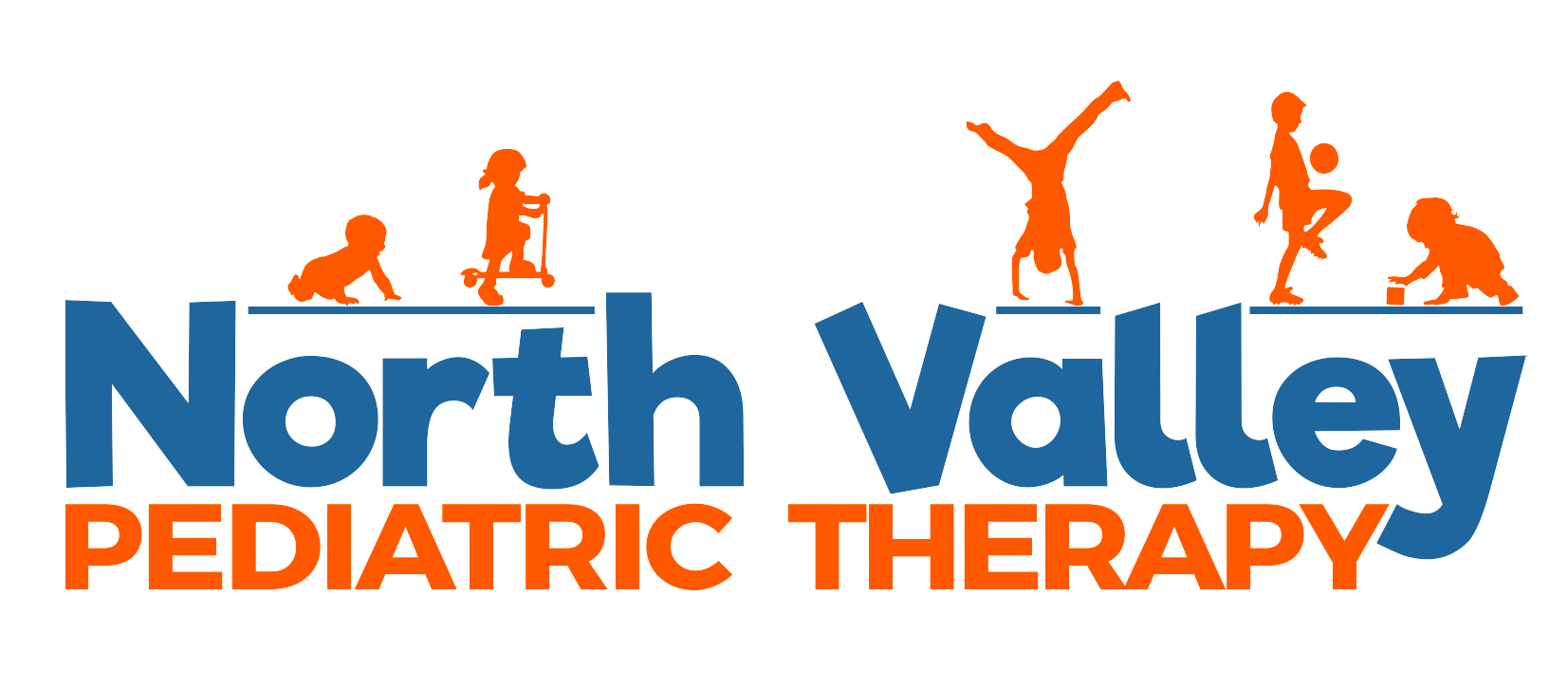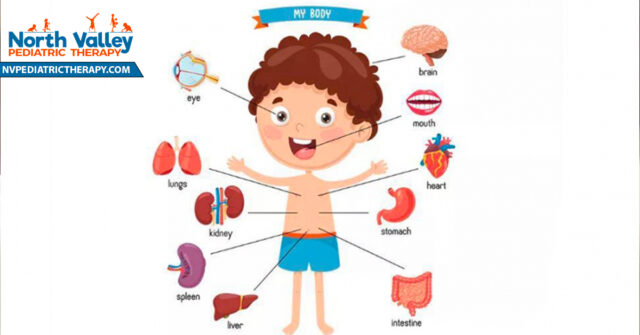2 Years
Your Baby By 2 Years
How your child plays, learns, speaks, acts, and moves offers important clues about your child’s development. Developmental milestones are things most children can do by a certain age.
Check the milestones your child has reached by the end of 2 years. Take this with you and talk with your child’s doctor at every visit about the milestones your child has reached and what to expect next.
Check the milestones your child has reached by the end of 2 years. Take this with you and talk with your child’s doctor at every visit about the milestones your child has reached and what to expect next.
What most children do by this age:
Social and Emotional
- Copies others, especially adults and older children
- Gets excited when with other children /li>
- Shows more and more independence
-
Shows defiant behavior (doing what he has been told not to)
-
Plays mainly beside other children, but is beginning to include other children, such as in chase games
Language/Communication
-
Points to things or pictures when they are named
-
Knows names of familiar people and body parts
-
Says sentences with 2 to 4 words
-
Follows simple instructions
-
Repeats words overheard in conversation
- Points to things in a book

Cognitive (learning, thinking, problem-solving)
- Finds things even when hidden under two or three covers
- Begins to sort shapes and colors
-
Completes sentences and rhymes in familiar books
- Plays simple make-believe games
- Builds towers of 4 or more blocks
-
Might use one hand more than the other
-
Follows two-step instructions such as “Pick up your shoes and put them in the closet.”
-
Names items in a picture book such as a cat, bird, or dog
Movement/Physical Development
- Stands on tiptoe
- Kicks a ball
-
Begins to run
- Climbs onto and down from furniture without help
- Walks up and down stairs holding on
- Throws ball overhand
-
Makes or copies straight lines and circles
Act early by talking to your child’s doctor if your child
- Doesn’t use 2-word phrases (for example, “drink milk”)
- Doesn’t know what to do with common things, like a brush, phone, fork, spoon
- Doesn’t copy actions and words
- Doesn’t follow simple instructions
- Doesn’t walk steadily
- Loses skills she once had
If You’re Concerned – Act Early
Tell your child’s doctor or nurse if you notice any of these signs of possible developmental delay for this age.
Adapted from CARING FOR YOUR BABY AND YOUNG CHILD: BIRTH TO AGE 5, Fifth Edition, edited by Steven Shelov and Tanya Remer Altmann © 1991, 1993, 1998, 2004, 2009 by the American Academy of Pediatrics and BRIGHT FUTURES: GUIDELINES FOR HEALTH SUPERVISION OF INFANTS, CHILDREN, AND ADOLESCENTS, Third Edition, edited by Joseph Hagan, Jr., Judith S. Shaw, and Paula M. Duncan, 2008, Elk Grove Village, IL: American Academy of Pediatrics.




